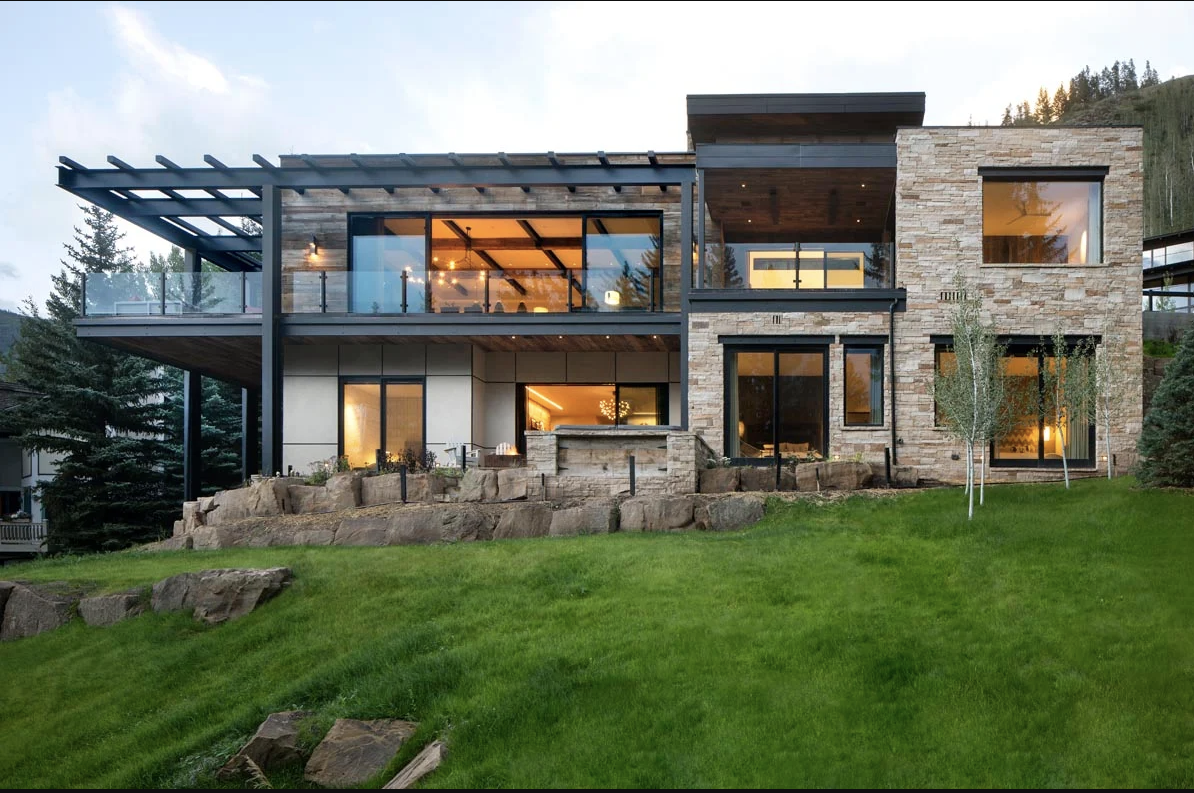Are you planning to invest in real estate but don’t know whether you should choose a new modular home or flip a traditional home? Both options offer good opportunities, but both come with risks and rewards. Let’s simplify it so you can make a more informed decision about your investment.
Now, let’s look at how modular homes are built, so you can understand what sets them apart from traditional homes.
Modular homes are built in sections (called modules) in a controlled factory environment. These sections are then transported to a construction site and put together like giant building blocks. While traditional homes are built entirely on-site.
Benefits of Modular Construction.
Faster Construction: Modular homes are completed in weeks or months, saving time over traditional builds.
Cost Savings: Factory production reduces waste, lowers labor costs, and cuts overall expenses by up to 30%.
High Quality: Because they’re built indoors. Modular homes avoid delays and damage caused by weather conditions.
Customization: You can design your modular home to suit your style and tailor it to your specific needs.
Next, let’s explore what house flipping entails and how it differs from investing in modular homes.
House flipping is the process of purchasing a traditional home, renovating it, and reselling it for a profit. It sounds exciting, right? But it’s not as easy as it looks.
Here’s what flipping homes involves.
- Finding a house that’s priced below market value.
- Spending time and money on repairs, renovations, and upgrades.
- Selling it at a higher price to make a good profit.
Sounds simple, right? But flipping homes comes with many risks. What if the repairs cost more than expected? Or the house doesn’t sell quickly? These challenges can damage your investment.
With an understanding of both options, let’s directly compare modular homes and traditional home flipping as investments.
Let’s compare these two options based on key factors like cost, time, and market demand.
1. Cost Analysis.
- Modular Homes: Modular homes are efficient due to their factory construction, which reduces waste and expenses and avoids weather-related delays. They typically cost 10-20% less than traditional homes.
- Traditional Homes: Flipping traditional houses usually requires purchasing the property, paying for significant renovations, and covering holding costs such as utilities and property taxes. Unexpected repairs, like plumbing or foundation issues, can quickly increase your total expenses, making the final cost less predictable than with modular homes.
2. Time Efficiency.
- Modular Homes: Modular homes are built 30-50% faster than traditional homes. A streamlined process means you start earning income or move in sooner.
- Traditional Homes: Renovations for traditional houses can take months, especially if there are delays with contractors or permits. Time is money, and the longer it takes, the more it costs you. So invest your time and money wisely.
3. Market Demand.
- Modular Homes: Modular homes are growing in popularity. Buyers love their affordability, energy efficiency, faster build time, and modern designs. They’re also attractive to eco-conscious buyers who value sustainable living. Modular homes are in high demand compared to traditional homes.
- Traditional Homes: Flipping traditional homes can be hit-or-miss. If the market is slow, you might struggle to sell. Additionally, many homebuyers today prefer move-in-ready new homes over older houses.
After comparing key factors, let’s highlight why modular homes may be a standout choice for investors.
Now that we’ve compared the two. Let’s talk about why modular homes are often the better choice for investors.
1. Lower Risk and Faster ROI.
With modular homes, you know what you’re getting. The cost is fixed, the timeline is clear, and the risk of unexpected expenses is low. This means you can see a return on your investment faster than buying an old traditional home.
2. Cost-Effective, Save 20-30%.
Modular homes are 20-30% more affordable than traditional homes, thanks to efficient, controlled factory construction, which results in fewer unexpected costs and greater savings for buyers.
3. Faster Build Times, 30-50% Quicker.
Time is money. Modular construction delivers new homes about 30-50% faster, allowing you to move in or list your property for resale sooner than with traditional house flipping.
4. Attracting Modern Buyers.
Today’s buyers love modular homes because they offer the perfect blend of affordability, style, and functionality. With the growing demand for sustainable and energy-efficient housing, modular homes are a future-proof investment.
You might wonder why flipping homes is losing its popularity among investors. Here’s what’s changed in today’s market.
Flipping homes was once a great way to make money in real estate. But now things have changed.
Here’s why.
- Rising Costs: Construction materials and labor are more expensive now, cutting into profits.
- Unpredictable Markets: It’s harder to predict how much you can sell a flipped home for, especially in volatile markets.
- Time and Stress: Managing contractors, permits, and repairs can be overwhelming and time-consuming.
On the other hand, Modular homes offer a simpler, faster, and more predictable way to invest in real estate.
Let’s wrap up by summarizing which choice makes the most sense for real estate investors today.
Modular homes are often the smarter real estate investment: they are faster to build, more cost-effective, and better suited to the needs of modern buyers.
While house flipping has its appeal, today’s market brings higher risks. For a smart investment, consider modular homes—they’re shaping the future of real estate.




